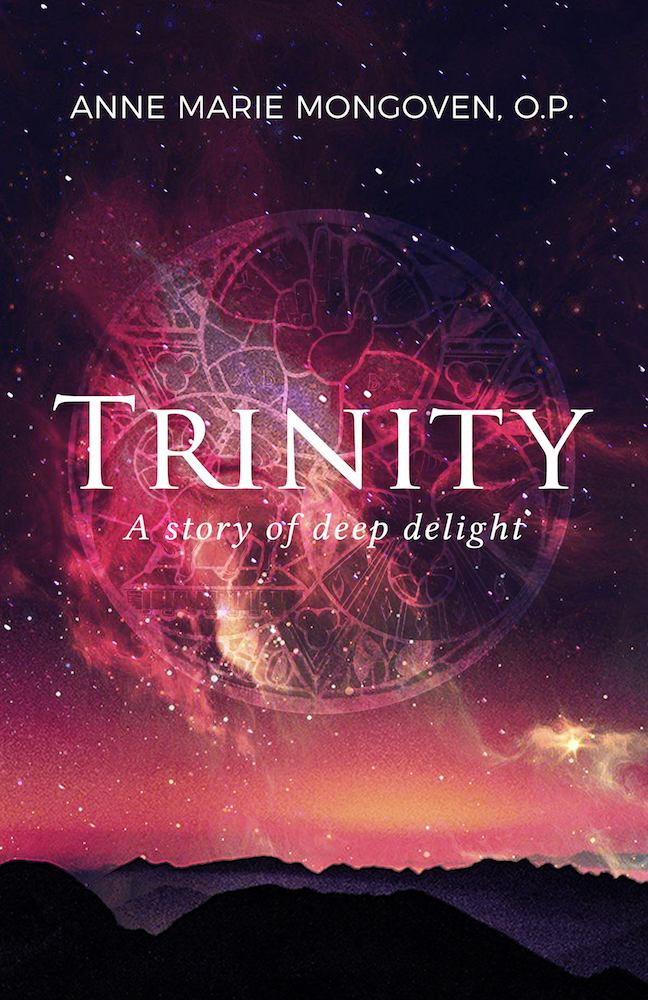Declan Marmion, S.M.

Theological reflection on the Trinity has flourished over the last twenty years and from a variety of perspectives. These include insights from feminist scholars (e.g. Catherine LaCugna and Elizabeth Johnson), from liberation and political theologians (e.g. Leonardo Boff and Jürgen Moltmann) and spiritual and anthropological reflections (e.g. Thomas Norris, Michael Downey, Philip Sheldrake, and Sarah Coakley). Ann Mongoven’s short book falls into the latter category. It is a biblically-based, spiritual reflection on the Trinity as a ‘Communion of Love’ (pg. 10). The essence of the Trinity, she claims, is relatedness — the Persons to each other and to humanity. Mongoven presents a God who is passionate and creative, who ‘addresses men and women as his friends’ so that they ‘can draw near to the Father, through Christ, the Word made flesh, in the Holy Spirit (Vatican II, Dogmatic Constitution on Divine revelation, 2).
There is a chapter each on the Father, Son, and Holy Spirit — each depicted in terms of a God who is ‘ecstatically loving, creative, … communal and one’ (pg. 43). An attractive feature of Mongoven’s book is not only her theological acumen but her ability to link this with pertinent biblical reflections, above all, on John’s Gospel. Though Jesus never used the word ‘Trinity,’ and while we won’t find a fully articulated doctrine of the Trinity in the Bible, the ‘roots’ of the doctrine are nonetheless present — from the personifications of God in the Old Testament to Jesus praying to the Father and promising the Spirit in the New.
The author shows well how the practice of prayer and worship affects our understanding of faith. What is prayed indicates what may and must be believed (Geoffrey Wainwright). And this axiom, lex orandi, lex credendi as it was known, was particularly pertinent in the case of the doctrine of the Trinity. Mongoven discusses the Christological hymns in Philippians and Colossians showing how the Christian community gradually came to appreciate Jesus’ special and unique relationship to God and his cosmic role in creation. These hymns are at the same time confessions of faith and songs of worship.
When it comes to discussion of the Spirit, Mongoven examines two great religious hymns: the Veni Creator Spiritus (9th century) and the Veni Sancte Spiritus (13th century). These hymns contain a rich pneumatology — pastoral and poetic, doxological and petitionary. Interestingly, the Spirit here is described primarily in functional terms: what the Spirit does. The Church has traditionally struggled to articulate the personhood or hypostasis of the Spirit.
Alongside the authors mentioned above, this book offers many helpful spiritual insights for pastors and ministers seeking to articulate the meaning and significance of this central Christian doctrine for people of today.
October 2018
You can purchase Trinity: A Story of Deep Delight here

